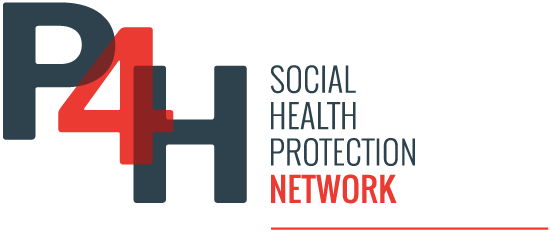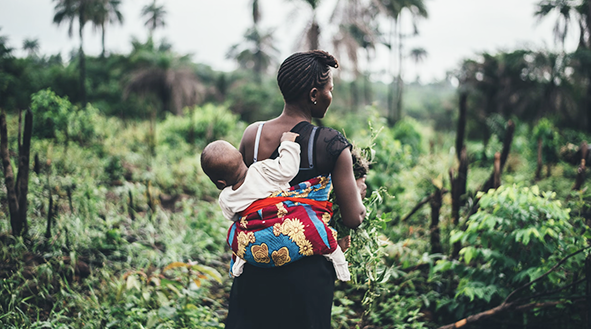Health financing in Algeria represents a major challenge for Algerian governmental authorities. The state has made significant efforts to improve the health sector’s financial situation.
Health care is free in the public health system. However, particularly in the absence of real strategic purchasing mechanisms, improvements in the provision of health care by the government are expected. And a reduction in direct household payments is also expected. They were 38.5% of current health expenditure in 2021, according to the Global Health Expenditure Database, although National Health Accounts have not been carried out since 2003.
Funding sources for health mainly comprise state budget allocation, flat-rate contributions from social security administrative bodies, and, to a lesser extent, household contributions.
State’s budgetary contributions
The state budget allocation, which is set each year by the finance laws, increased significantly between 2000 and 2020, with an average annual growth rate of 12.2%.
For each resident, the state’s budget allocation has increased almost tenfold in 20 years, from DZD 1,036 dinars per person in 1995 to DZD 9,645 in 2015. In 2023, with an increase of more than 60% compared to 2022, it reached 15,652 dinars, or US$ 114, per capita.
Flat-rate contribution by social security funds
Salaried employees contribute to the National Employee Insurance Fund (CNAS), and nonsalaried employees contribute to the National Non-Salaried Insurance Fund (CASNOS). Both funds are under the supervision of the Ministry of Labor, Employment and Social Security of Algeria. The contributions are the source of financing for social security for public providers; this financing is in the form of grants that aim to cover medical care for social security beneficiaries and their beneficiaries.
In accordance with the provisions of the 2024 finance law, this contribution must be applied “on the basis of information concerning social security beneficiaries treated in public health establishments, within the framework of contractual relations between social security and the Ministry of Health”.
To a limited extent social security also finances some care provided by the private sector; this mainly involves part of the cost of certain medications.
Between 1990 and 2000, the flat-rate contribution social security organizations made increased tenfold, then sixfold between 2000 and 2023, with an average annual growth of 10 to 15% over the last two decades.
Between 1990 and 2000, the flat-rate contribution social security organizations made increased tenfold, then sixfold between 2000 and 2023, with an average annual growth of 10 to 15% over the last two decades. Per resident, this contribution has almost increased fivefold between 1995 and 2023, going from DZD 571 per capita in 1995 to DZD 2,652 in 2023, which is equivalent to about US$ 20 per capita.
Between 1990 and 2000, the flat-rate contribution social security organizations made increased tenfold, then sixfold between 2000 and 2023, with an average annual growth of 10 to 15% over the last two decades. Per resident, this contribution has almost increased fivefold between 1995 and 2023, going from DZD 571 per capita in 1995 to DZD 2,652 in 2023, which is equivalent to about US$ 20 per capita.
Household contributions
According to WHO estimates for the period 2000–2020, out-of-pocket spending as a share of household expenditure has seen an average annual growth rate of 13.2%.
This contribution, averaging around 25%, represents a financial constraint for many households and a factor of inequality in access to care.
This situation can be explained in particular by the increasing recourse by households to private sector services, where prices are high and unregulated, and by the low rate of reimbursement of care, due to pricing dating to 1987.
Special Funds
Algeria has set up an innovative financing mechanism to support health actions that is integrated into the provisions of the finance law through two special funds: one for emergencies and epidemics, and the other for the fight against cancer.
Some of the revenue from an additional tax on tobacco products finances the part of this mechanism aimed at covering exceptional health events and strengthening the fight against cancer.
The mechanism made it possible for Algeria to make major acquisitions (vaccines, laboratory reagents, protection measures, to name a few) during the H1N1 and COVID-19 pandemics, which the operating budget alone could not have covered.


